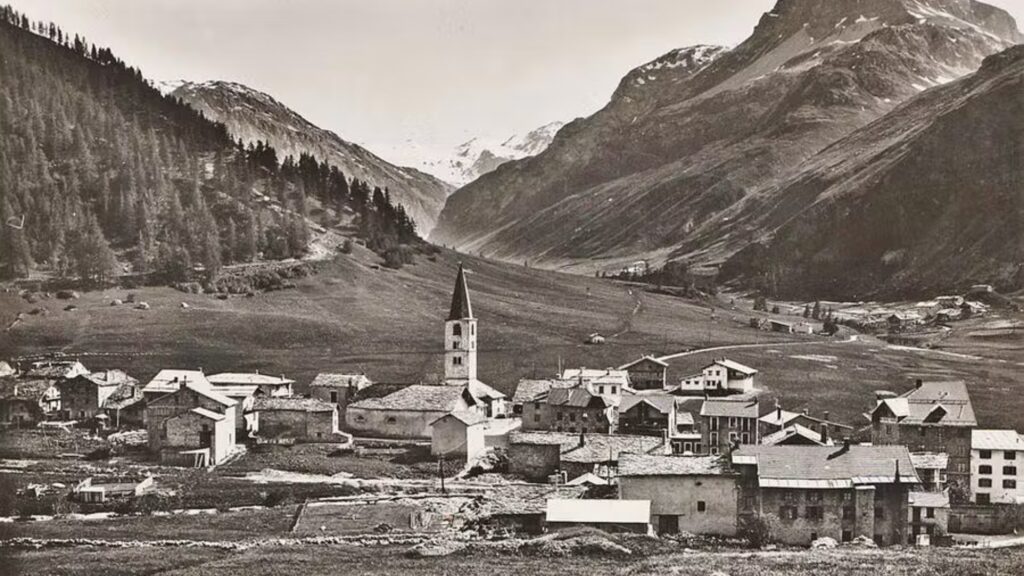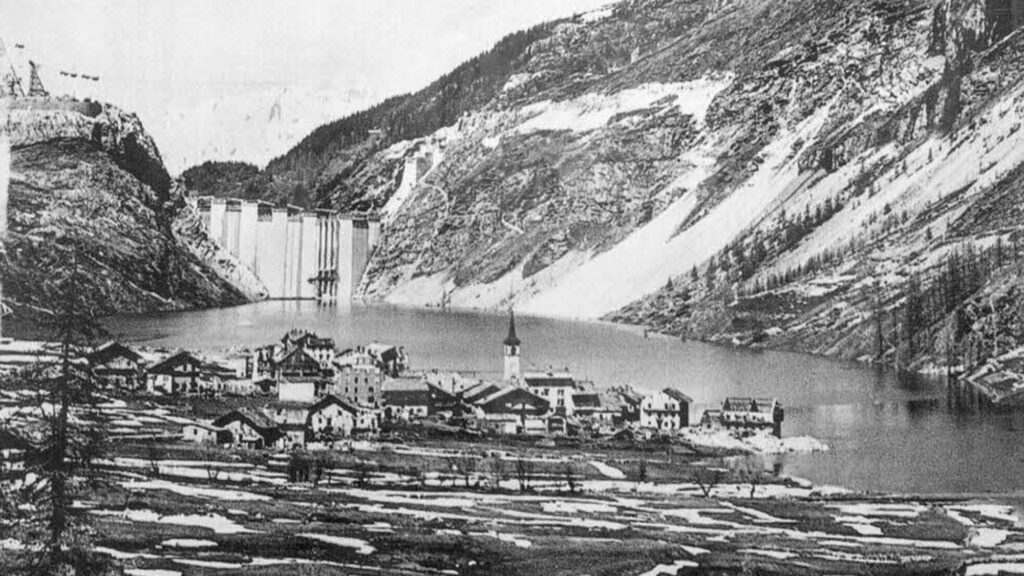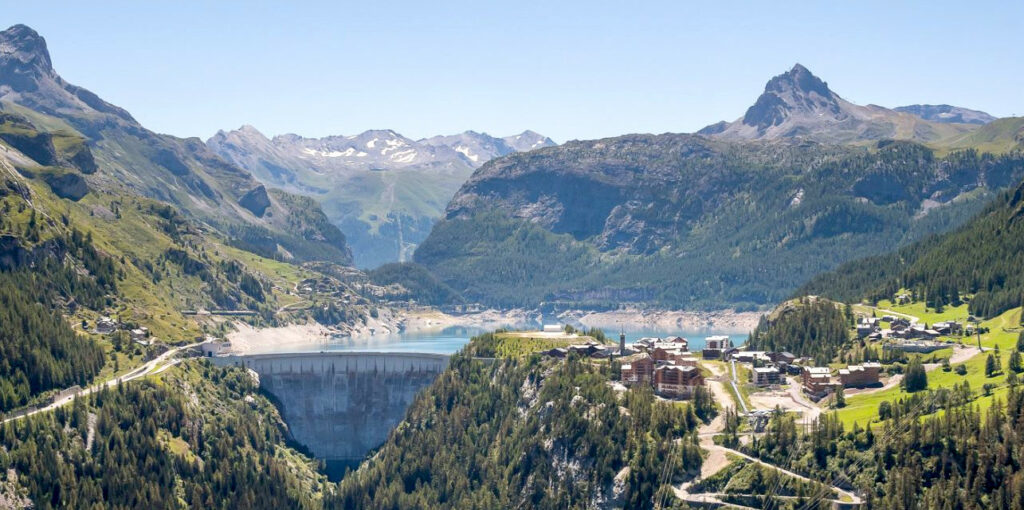In the heart of the Alps, the Chevril dam imposes its concrete curve on the turquoise lake. But behind this technical feat, which was put into service in 1952, lies one of the most striking and moving episodes in local history: the disappearance of the old village of Tignes.
- READ OUR DOSSIER - "Tignes, the sports resort par excellence".
At the end of the 1940s, post-war France was betting on major hydroelectric projects.
The valley of Tignes was chosen to house an extraordinary structure: 180 metres high, 300 metres long, capable of holding 230 million m³ of water, the equivalent of 100,000 Olympic swimming pools. Work began in the summer of 1947, mobilising up to 5,600 workers by 1949.

For the Tignards, it's a shock. Their village, nestling at the bottom of the valley, is about to be swallowed up. Negotiations are tense, with some residents refusing to leave.
In April 1952, the CRS was mobilised to forcibly evacuate the last holdouts. Furniture, archives and even the remains of the cemetery were moved higher up, to Les Boisses, where a new village was built.
To preserve a link with the past, the church of Saint-Jacques de Tarentaise was rebuilt identically, reinstalling even the altarpieces and the original furniture.
A painful memory for the Tignards
The Chevril dam, inaugurated in 1953 by President Vincent Auriol, was the highest in Europe at the time. Its vaulted structure is impressive for its dimensions: 43 metres thick at the base, 600 steps in the downpipe, and a bottom gate flow rate of up to 110 m³/s.
Every year, it still produces the equivalent of the consumption of 392,000 inhabitants, or 80 % of Savoie's residential consumption.
In 1989, the artist Jean-Marie Pierret painted a monumental fresco: Hercules, the giant protector of Tignes, spread over 12,000 m². Ephemeral, the work has faded over time, but attentive eyes can still make out its contours.

In 2002, the sculpture The Lady of the Lakedesigned by Livio Benedetti, has been installed on the water's edge near the Villaret du Nial. This slender silhouette pays homage to the old Tignes, combining memory and hope.
Traces of the past sometimes resurface: when the lake is emptied every ten years, as it was in April 2024, the water level drops, revealing the ruins of the sunken village. A rare moment when history rises from the depths.
Today, the dam is not just a technical structure: it has become a landmark, a silent witness to the uprooting and resilience of a community. The Tignards have never stopped living with the water that engulfed their valley - and with the mountain that has always remained.

